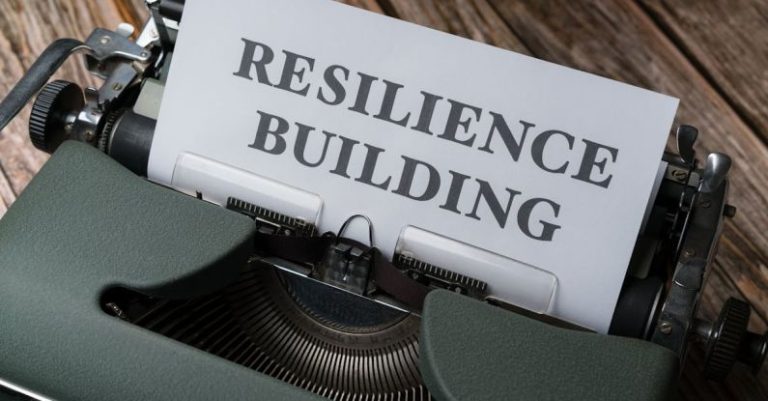The Integration of Composites in Historical Building Restoration
Historical buildings stand as timeless testaments to architectural ingenuity and cultural heritage. Yet, the passage of time can take a toll on these structures, leading to the need for delicate restoration work. In recent years, the integration of composites has emerged as a revolutionary approach in historical building restoration, offering a blend of durability, versatility, and aesthetic appeal. This article delves into the innovative use of composites in restoring historical buildings, highlighting the benefits and challenges associated with this contemporary restoration technique.
### The Evolution of Restoration Techniques
The preservation of historical buildings has long been a priority for architects and conservationists alike. Traditional restoration techniques often involved the use of materials such as stone, brick, and wood to maintain the authenticity of the original structure. While these methods have proven effective, they are not without limitations. The inherent properties of natural materials can pose challenges in terms of weight, flexibility, and weather resistance, ultimately impacting the longevity and sustainability of restored buildings.
### The Rise of Composites in Restoration
Composites, a combination of two or more materials with different properties, have gained popularity in the field of historical building restoration due to their unique characteristics. Composites offer a lightweight yet durable alternative to traditional building materials, making them ideal for enhancing structural integrity without compromising on aesthetics. By blending materials such as fiberglass, carbon fiber, and epoxy resin, architects can create custom solutions tailored to the specific needs of each restoration project.
### Benefits of Composites in Historical Building Restoration
One of the key advantages of using composites in historical building restoration is their versatility. Composites can be molded into virtually any shape or size, allowing for seamless integration into existing structures without detracting from their original design. This flexibility enables architects to address complex architectural challenges and structural deficiencies with precision and efficiency.
Moreover, composites offer superior strength-to-weight ratios compared to traditional building materials, making them ideal for reinforcing weakened or deteriorated elements in historical buildings. The lightweight nature of composites reduces the overall load on the structure, minimizing stress and extending the lifespan of the restored building.
In addition to their structural benefits, composites also offer aesthetic advantages. The smooth finish and customizable appearance of composites allow architects to replicate the intricate details and embellishments of historical building components with remarkable accuracy. Whether replicating ornate cornices, decorative moldings, or intricate facades, composites provide a cost-effective and visually appealing solution for preserving the architectural heritage of historical buildings.
### Challenges and Considerations
While the integration of composites in historical building restoration offers a myriad of benefits, it is not without challenges. Compatibility with existing materials, weather resistance, and long-term durability are critical factors that must be carefully considered during the restoration process. Ensuring proper adhesion between composites and the original building materials, as well as selecting high-quality composite materials, are essential steps in achieving a successful restoration outcome.
### Embracing the Future of Restoration
As the field of historical building restoration continues to evolve, the integration of composites represents a progressive step towards sustainable and innovative restoration practices. By harnessing the unique properties of composites, architects can breathe new life into aging structures while preserving their historical significance for future generations to appreciate.
### In Summary
The integration of composites in historical building restoration marks a transformative shift in the approach to preserving architectural heritage. With their blend of durability, versatility, and aesthetic appeal, composites offer a compelling solution for addressing the complexities of restoring historical buildings. By embracing this cutting-edge technology and overcoming the challenges it presents, architects can ensure the continued longevity and cultural significance of these architectural treasures for years to come.






